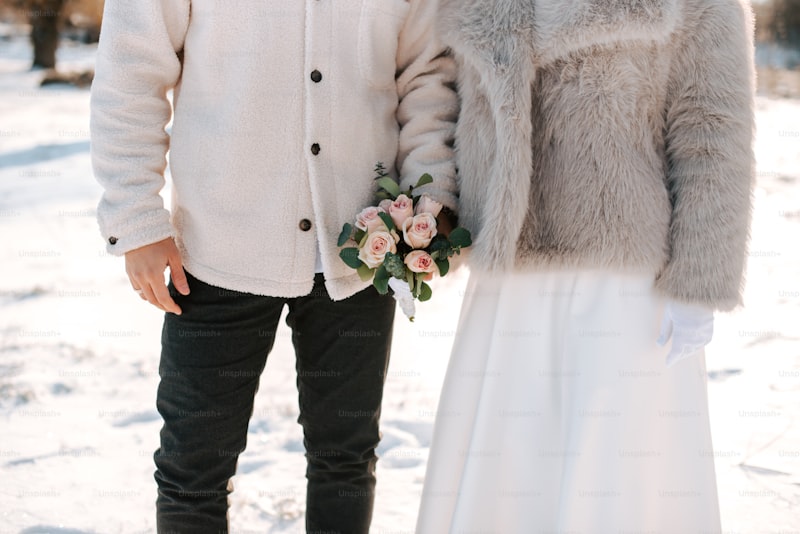Cultural Heritage Wedding Attire: A Celebration of Tradition and Style
Weddings are one of the most cherished events in many cultures around the globe. They often involve a wide array of customs, traditions, and, importantly, attire that reflects the cultural heritage of the couple’s background. In this article, we delve into the significance of cultural heritage wedding attire, exploring various styles from different regions, and providing insights into how couples can honor their traditions while embracing modern trends.
The Importance of Cultural Heritage in Wedding Attire
Cultural heritage is integral to a person’s identity and plays a notable role during weddings. The attire worn during such ceremonies is a reflection of one’s cultural background, symbolizing values, history, and the family’s legacy. Using cultural heritage wedding attire enables couples to connect with their roots and share their story with family and friends. It's a way to honor ancestors and keep traditions alive, often passed down through generations.
Types of Cultural Heritage Wedding Attire
From the intricacies of Indian saris to the elegance of Chinese qipaos, cultural heritage wedding attire varies widely. Below are some popular types from different cultures that showcase the diversity and richness of wedding garments:
| Cultural Background | Wedding Attire | Key Features |
| Indian | Sari / Lehenga | Intricate embroidery, bright colors, draping styles |
| Chinese | Qipao / Cheongsam | High neck, straight cut, silk fabric, elaborate embroidery |
| Scottish | Kilt | Tartan patterns, belts, sporrans, appropriate for both genders |
| Mexican | Traditional Huipil | Vibrant colors, handwoven designs, regional variations |
| Nigerian | Aso Oke / Buba and Iro | Bright patterns, elaborate headwraps, culturally significant ceremonial attire |
Modern Influences on Traditional Attire
While cultural heritage wedding attire celebrates tradition, modern influences allow couples to incorporate personal style into their weddings. Designers worldwide are adapting traditional attire, blending contemporary fashion trends with historical elements. This fusion can be seen in:
- Fabric Choices: Incorporating modern fabrics while maintaining traditional silhouettes.
- Color Schemes: Using unconventional colors that reflect personal preferences.
- Accessories: Updating traditional jewelry with contemporary designs.
How to Choose Cultural Heritage Wedding Attire
Selecting the perfect cultural heritage wedding attire takes time and consideration. Here are some essential tips for couples:
- Research Your Roots: Understanding the significance of the attire will help in making informed decisions.
- Consult Family: Speak with family members about traditional attire and recommendations.
- Ensure Comfort: Opt for outfits that are comfortable enough to wear throughout the day.
- Consider the Season: Choose fabrics and styles that are appropriate for the weather on your wedding day.
Incorporating Cultural Elements into Your Ceremony
To complement your cultural heritage wedding attire, it’s essential to include various cultural elements throughout the ceremony. Here are some suggestions:
- Cultural Rituals: Include traditional rituals that highlight your heritage.
- Music and Dance: Play traditional songs that resonate with your cultural background.
- Culinary Choices: Serve traditional dishes that reflect your heritage.

Showcasing Cultural Heritage Attire in Wedding Photography
Wedding photography is an excellent way to celebrate and share your cultural heritage. Here are a few tips for showcasing cultural attire during your photoshoot:
- Choose Iconic Locations: Select backdrops that resonate with your culture.
- Incorporate Props: Use cultural props like traditional jewelry or artifacts.
- Highlight Details: Focus on intricate details of the attire in close-up shots.
Conclusion: Celebrating Love Through Cultural Heritage
Cultural heritage wedding attire serves as a beautiful canvas that reflects love, family, and cultural pride. As couples navigate through their wedding planning journey, embracing traditions while incorporating personal style can create an unforgettable celebration. By understanding the significance of their chosen attire and involving cultural elements in their ceremony, couples create not just a unique wedding but a lasting legacy shared with generations to come.
As you prepare for your special day, remember to research and honor your cultural roots, consult family, and embrace the fusion of modern and traditional styles. Your wedding attire is not merely an outfit; it’s a story waiting to be told.